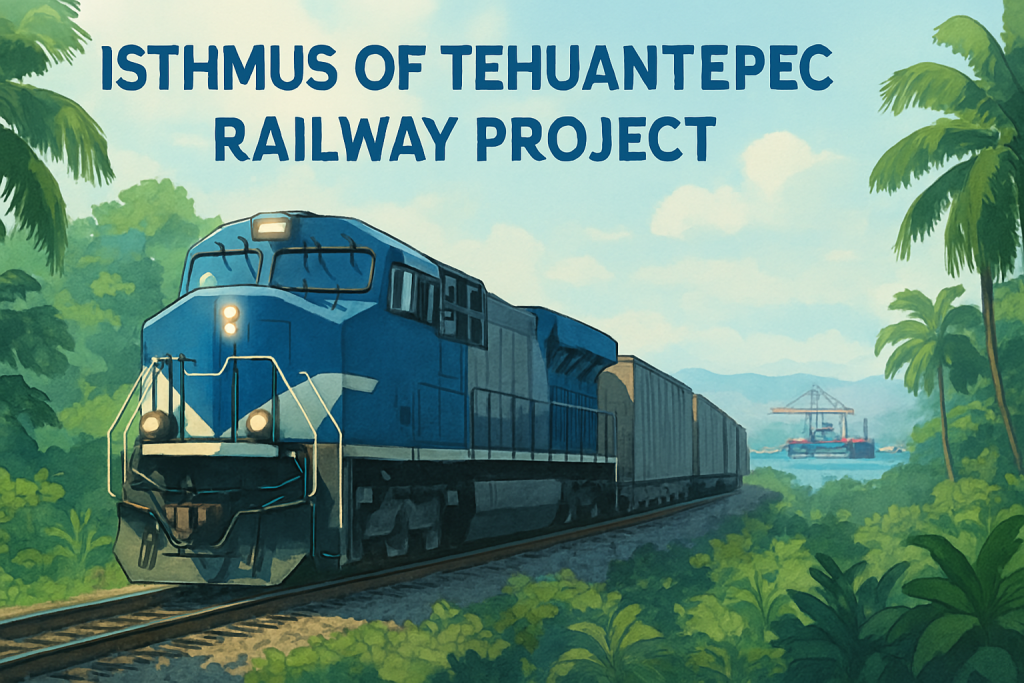The Rise of Nearshoring: Why Mexico is Your Next Business Frontier
In an era marked by shifting global trade dynamics and a renewed focus on supply chain resilience, businesses worldwide are re-evaluating their operational strategies. One trend that has gained significant momentum is **nearshoring**, and Mexico has emerged as a prime destination, particularly for companies looking to serve the North American market. This strategic move involves relocating manufacturing and other business operations to a nearby country, offering a compelling alternative to traditional offshoring models. What is Nearshoring and Why is it Gaining Traction? Nearshoring, at its core, is a strategy where companies move parts of their production or services closer to their end consumers. This approach aims to reduce logistical complexities, shorten lead times, and mitigate risks associated with long-distance supply chains. Several global factors have accelerated the adoption of nearshoring: Mexico, with its strategic geographic location bordering the United States, has become a focal point in the nearshoring conversation. In 2023, Mexico notably surpassed China as the US’s largest trading partner, a testament to its growing importance in the global manufacturing landscape. The Compelling Advantages of Nearshoring to Mexico For businesses, particularly those in the US, nearshoring to Mexico offers a multitude of strategic benefits: 1. Significant Cost Savings While cost reduction is a primary driver for any sourcing decision, Mexico offers savings across various fronts. Manufacturing labor costs in Mexico are generally competitive, often lower than in China and significantly lower than in the US. Furthermore, shorter transit times translate to reduced transportation expenses and potentially lower tariffs under USMCA. Proximity also allows for leaner inventory management, decreasing overhead and storage costs. 2. Enhanced Supply Chain Resilience and Agility Nearshoring to Mexico allows companies to build more resilient and responsive supply chains. Shorter distances mean quicker delivery times, enabling businesses to adapt more rapidly to changing market demands and consumer preferences. This proximity also reduces the risk of disruptions caused by distant geopolitical events or natural disasters affecting far-flung supply lines. 3. Access to a Skilled and Growing Workforce Mexico boasts a young, dynamic, and increasingly skilled workforce. Significant public and private investments in technical training and engineering programs have cultivated a strong talent pool, particularly in manufacturing operations. The country has developed robust industrial clusters in sectors like automotive, aerospace, electronics, and medical devices, fostering innovation and expertise. 4. Favorable Trade Environment and Market Access Mexico is a party to numerous free trade agreements (FTAs), providing access to a vast global market. The USMCA is particularly crucial, offering preferential access to the US and Canadian markets. This agreement, while having stringent compliance requirements, provides a stable and predictable trade framework for businesses operating within North America. 5. Sustainability Benefits With growing emphasis on Environmental, Social, and Governance (ESG) goals, nearshoring can contribute positively. Shorter transportation routes inherently lead to a reduction in greenhouse gas emissions compared to long-haul shipping from Asia, helping companies meet their sustainability targets. Navigating the Nearshoring Journey: Key Considerations While the advantages are clear, successfully nearshoring to Mexico requires careful planning and due diligence. Businesses must consider: EDMX Consulting: Your Partner in Mexican Expansion The nearshoring wave presents a once-in-a-generation opportunity for businesses to optimize their operations and tap into the dynamic Mexican market. However, navigating this landscape requires local expertise and strategic guidance. At EDMX Consulting, we specialize in helping international businesses successfully establish and expand their operations in Mexico. From market entry strategy and site selection to navigating regulatory hurdles and connecting you with a reliable network of suppliers and partners, we provide the comprehensive support you need to make your nearshoring venture a resounding success. Ready to explore how nearshoring to Mexico can transform your business? Schedule a consultation with our experts today and let us help you unlock your next business frontier. Sources: Information synthesized from reports and articles by Deloitte, Boston Consulting Group (BCG), and E2open on nearshoring trends and Mexican market dynamics (2023-2025).



